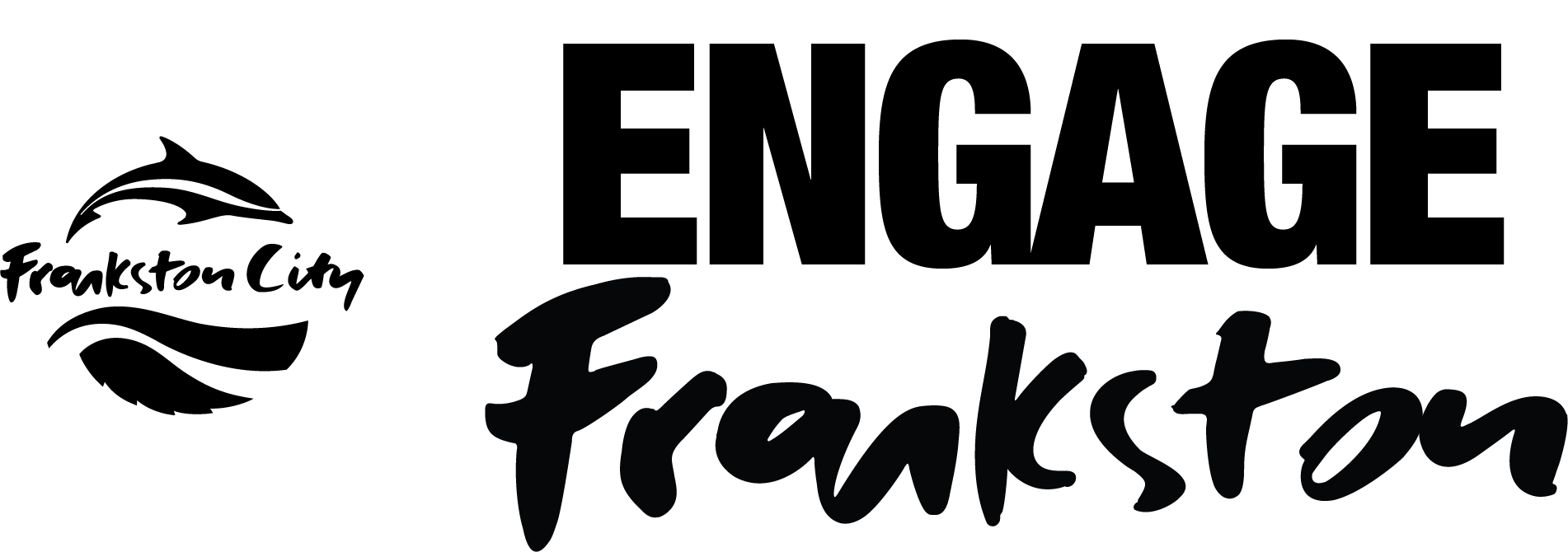Online Survey
Thank you to everyone who completed the online survey. We asked you what housing growth and change should be like where you live. Follow this page to be notified when the results are published.
Congratulations to Melanie from Langwarrin who won a $100 Prezzee gift card via email!







